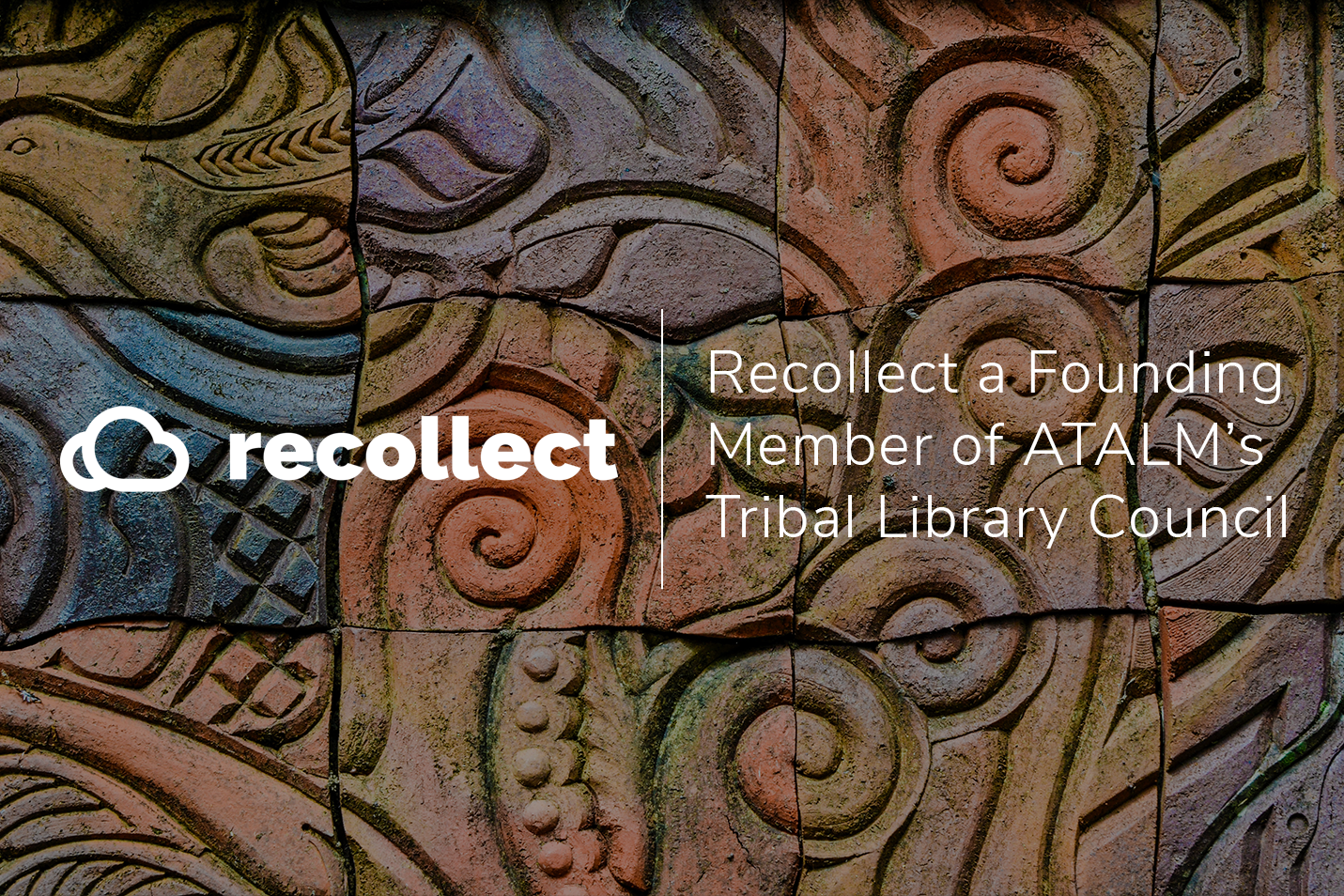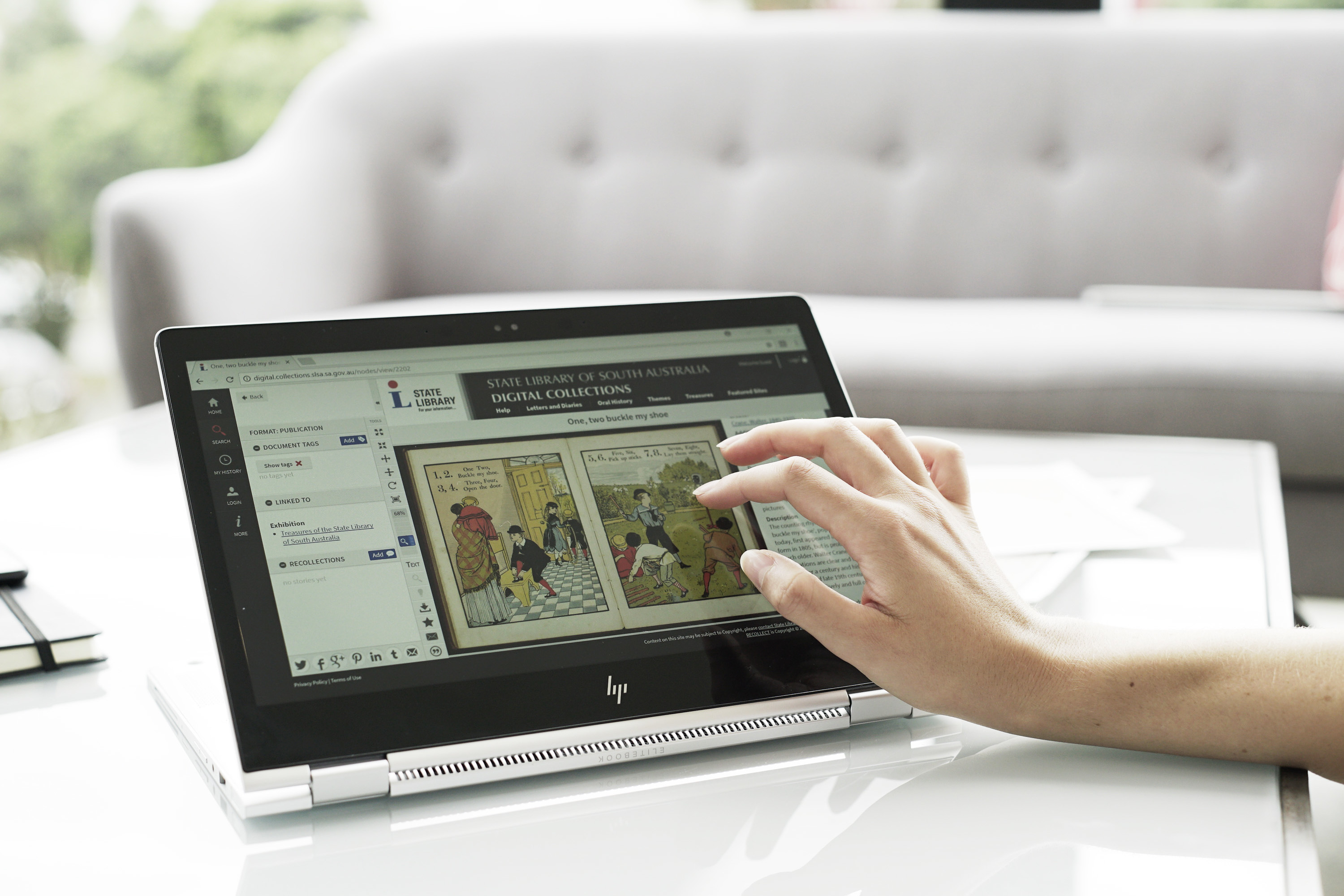What is UX?
User experience (UX) is an approach to design that places the user’s needs at the forefront of decision making process. Successful UX considers how a product could be enhanced to be more intuitive and valuable for different user groups or Personas. UX encompasses all aspects of a user’s interaction with a product — which could take the form of a website, platform, app, device, or service. An increasing number of cultural heritage and special collections are being moved online, both to expand engagement with this material and ensure its preservation. In this article we will look at what makes exceptional online user experiences with cultural heritage and special collections.
Start by defining your audience (users)
Understanding user behaviours and motivations is key to creating good UX and products or services that can generate better engagement. What works for some users may not be relevant for others; people have different preferences and needs which is why it is helpful to decide who you want to target. You cannot assume how a user will react so comprehensive research is needed to determine the best UX for different groups of users.
Creating personas, a type of market research tool, can help you target the people who find value in accessing and engaging with your collections online. Personas are a fictional representation of a person characterising a certain group of user types. Defining personas can help you better understand the challenges your users face and what UX features might deliver a great experience and encourage return visits.
Anticipate User Needs
Identify what your user’s pain points are in relation to using online collections, pinpoint aspects that impede the collection’s use, and determine what might make your users want to browse the collection again. Exceptional UX anticipates user’s needs by delighting them with something they did not think to ask for or even realise they wanted.
Scott Johnsen, Head of Design at a major US company, explains that UX is a process of deeply understanding the user’s needs and motivations.
“UX Design is the purposeful application of logic and rationale for creating experiences that offer both utility and value to the end user. It’s a process of deeply understanding the user’s needs and objectives, identifying where their greatest problems exist, and working generatively to ideate ways to solve these problems.”
What you should consider when developing UX?

Types of user experiences/discovery types
Different groups of users will often search for collections and related information through different methods. It is important to customise your UX to suit a range of possible discovery methods — your users might be surface-level searchers, or structured searchers, or in-depth searchers, etc. For example, surface-level searchers will aimlessly browse a collection and need UX that holds their attention to encourage their continued use of a site. Structured searchers will be looking for specific information and visit a site knowing exactly what they want to find — UX that features search tools, like Recollect’s discovery widgets, directing them to the content they need will support their engagement.
Online visitor experience Vs. physical visitor experience
UX that takes into account your user’s needs will help to ensure they get as much out of viewing your collections online as they would visiting them in person. Physical exhibitions can be complemented by their online counterparts; UX linking the two together might encourage a deeper sense of discovery for your visitors. Well considered UX can increase the accessibility of collections as well as deliver dynamic participatory experiences. Your UX can help foster online engagement from users that is both meaningful and informative.
Wayfinding in a digital environment
Metadata makes digital collections accessible to your users — it enables them to quickly sort through millions of records to find specific information. Collections and their associated metadata should also be considered when developing UX. It is important to consider how a collection can be easily surfaced through its metadata, and how UX can be adjusted to make this process more intuitive and even support serendipitous discovery.
Device specific UX
UX will often need to be adapted for different devices such as smartphones, tablets, laptops, or desktop computers. Interfaces on these devices can differ dramatically and can completely change how an online collection looks or is used.
It is crucial to create alternative UI (user interface) designs for each device so that no matter what device your user has the UX remains simple and easy to use. Consider aspects such as accessibility: are your user groups frequently visually impaired? Will they have trouble reading small text? These questions may lead you to choose contrasting colours or a larger text sizes.
UX vs UI
Frequently confused with one another, UI is actually a feature of UX. UI encompasses the visual elements of design; the colours, typography, branding, and layout. UX is everything that makes up the user’s encounter with the product and how they interact with it. In short, UI is what makes a product visually appealing, while UX is what secures sustained engagement and interaction.
Exceptional UX delivers...

Enhanced user loyalty and engagement
UX secures user loyalty to your organisation by providing users with experiences that are consistently positive. They will be encouraged to interact with your collection simply because your UX facilitates its use — e.g., sites with clear navigation, a straightforward layout, and captivating content. Well-considered UX leaves users feeling satisfied about the time they spent browsing your collection and it will encourage them to continue using it or to seek it out again in the future.
Strengthened branding
Coherence and continuity are essential elements of good UX. This means following an organisation’s brand guidelines; consistent design elements, logos, colours will let the user know they are in the right place. It also creates a memorable experience because the user will associate particular styles to your brand.
Increased membership of online community
Growing community access to your online collection is easy with successful UX because it will generate word of mouth recommendations. An online collection, such as a Recollect site, that is easy to use and looks appealing will motivate users to tell others about it. The ability to share collection records can also be a key feature of UX — e.g., the reach of a site and be widened by incorporating social media buttons for easy sharing.
Reduced future development costs
UX is important because it can help you identify and fulfil your user’s needs and it can reduce the need for costly last-minute redesigns, marketing promotions, and enhancements. Creating UX involves extensive user research, prototyping, and usability testing. This means organisations will gather deep insights about who their users/personas are and what they want from the collection. It can foretell any issues such as accessibility that the collection has, what obstacles it will face, and what to avoid when creating it. User research can ensure that the features you focus on are those that matter the most to your users and will establish continued use of your site.

References and resources
- D, D. (2020, July 30). Why the UX Is Important for Your Business. Ruby Garage. https://rubygarage.org/blog/why-the-ux-is-important-for-your-business
- Digital Skills Global. (n.d.). What is UX and Why is it so Important? https://digitalskillsglobal.com/blog/what-is-ux-and-why-is-it-so-important
- Gangadharan, P. (2020, August 4). The Importance of User Experience Design. Medium. https://uxplanet.org/the-importance-of-user-experience-design-988faf6ddca2
- Ingenious Branders. (2019, March 25). Importance of UX. INBRANDERS. https://inbranders.com/importance-of-user-experience-design/
- Kambala, C. (2019, September 10). Importance of UI/UX design interaction and why it will matter for your business. E27. https://e27.co/importance-of-ui-ux-design-interaction-and-why-it-will-matter-for-your-business-20190909/
- (2017, February). The Basics of UI. https://www.lollypop.design/blog/2017/february/the-basics-of-ui/
- (2020, February 7). Why Personas are Important in UX Design. https://newmediadenver.com/why-personas-are-important-in-ux-design/
- Ralph, B. (2017, March 30). An Introduction to User Experience Design. Marvel Blog. https://marvelapp.com/blog/introduction-user-experience-design/
- (2019, November 7). The Importance of UX Design. https://www.rocket55.com/lab-note/the-importance-of-user-experience/
- (2018, June 18). Do you know the Importance of UI/UX Development? Medium. https://medium.com/@thinkwik/do-you-know-the-importance-of-ui-ux-development-773eae38436e
- User Testing. (2019, March 27). What is UX design? 15 user experience design experts weigh in. https://www.usertesting.com/blog/what-is-ux-design-15-user-experience-experts-weigh-in












